Home>Gardening & Outdoor>Plant Care & Gardening Tips>How Long Is Wildflower Season
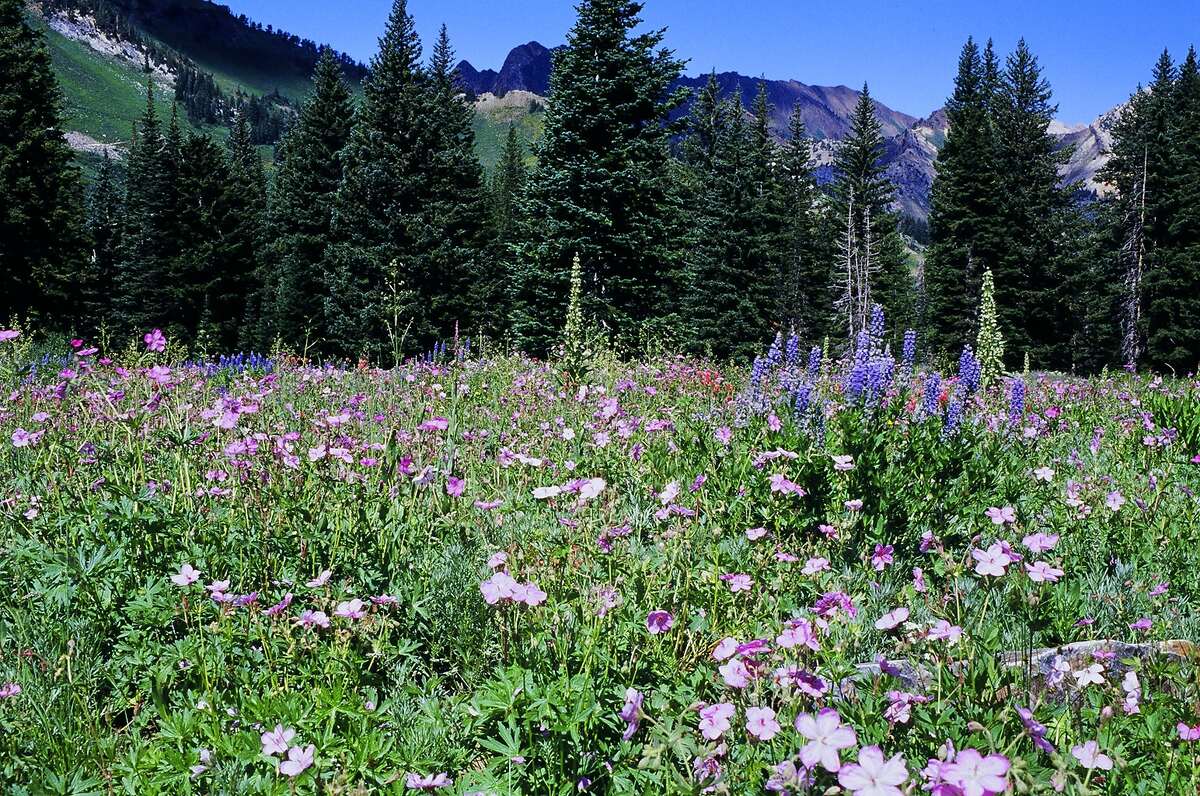

Plant Care & Gardening Tips
How Long Is Wildflower Season
Published: December 25, 2023
Discover the ideal time for wildflower season and get expert plant care and gardening tips to make the most of this beautiful period. Explore the best practices for nurturing wildflowers and creating a vibrant garden.
(Many of the links in this article redirect to a specific reviewed product. Your purchase of these products through affiliate links helps to generate commission for Storables.com, at no extra cost. Learn more)
Introduction
Wildflowers are nature's vibrant and awe-inspiring gift, painting landscapes with a kaleidoscope of colors. The enchanting sight of wildflowers in full bloom captivates the hearts of nature enthusiasts and casual observers alike. However, the duration of this breathtaking display varies, leaving many to wonder, "How long is wildflower season?"
The answer to this question is as diverse as the wildflowers themselves, as several factors influence the length of wildflower season. Understanding these factors can provide valuable insight into when and where to experience the stunning beauty of wildflowers. In this article, we will delve into the factors affecting wildflower season duration, explore the length of wildflower seasons in different regions, and provide tips for making the most of this natural spectacle. So, let's embark on a journey through the enchanting world of wildflowers and discover the secrets of their fleeting yet magnificent season.
Key Takeaways:
- Wildflower season duration varies based on climate, soil, altitude, and native species, creating diverse blooming periods across different regions. Understanding these factors enhances appreciation for nature’s colorful displays.
- To make the most of wildflower season, research peak blooming periods, respect protected areas, bring essential gear, embrace early mornings and evenings, learn about native species, support conservation efforts, and share experiences responsibly. These tips ensure a rewarding and responsible wildflower viewing experience.
Read more: When Is Wildflower Season In Pennsylvania
Factors Affecting Wildflower Season Duration
The duration of wildflower season is influenced by a myriad of factors, each playing a crucial role in determining the length and intensity of this natural phenomenon. Understanding these factors can shed light on the ephemeral nature of wildflowers and the conditions that contribute to their splendid display.
- Climate and Weather Patterns: The climatic conditions, including temperature, precipitation, and humidity, significantly impact the duration of wildflower season. Adequate rainfall followed by periods of sunshine can foster optimal growing conditions, prolonging the blooming period. Conversely, drought or unseasonable weather can curtail the season, leading to a shorter and less vibrant display of wildflowers.
- Soil Composition and Fertility: The composition and fertility of the soil play a pivotal role in supporting wildflower growth and blooming. Nutrient-rich soils provide the necessary sustenance for robust and prolonged wildflower seasons, while poor soil quality may hinder the plants’ ability to thrive and bloom abundantly.
- Altitude and Elevation: Wildflower season duration varies with altitude and elevation. Higher altitudes often experience later blooming periods, as the colder temperatures delay the onset of spring and the subsequent wildflower bloom. Conversely, lower elevations may witness an earlier and extended wildflower season due to milder climates.
- Native Wildflower Species: Different wildflower species have distinct blooming periods, with some flowering for only a few weeks while others may bloom for several months. The collective presence of various species contributes to the overall duration of wildflower season, creating a mosaic of colors and textures across the landscape.
- Human Impact and Development: Human activities and development, such as urbanization, agriculture, and deforestation, can disrupt natural habitats and native wildflower populations. These disruptions can alter the duration and intensity of wildflower seasons, often leading to diminished displays and fragmented blooming periods.
By considering these influential factors, we can gain a deeper appreciation for the delicate balance of nature that shapes the duration and splendor of wildflower seasons. As we continue our exploration, we will uncover the varying lengths of wildflower seasons in different regions, offering a glimpse into the captivating diversity of these natural spectacles.
Wildflower Season Length in Different Regions
The duration of wildflower season exhibits remarkable diversity across different regions, reflecting the unique environmental conditions and native flora of each area. From the arid deserts of the southwest to the lush meadows of the northeast, the length of wildflower seasons varies, offering distinct opportunities to witness nature’s colorful pageantry.
Southwest: In the arid landscapes of the Southwest, wildflower season often unfolds in early spring, following winter rains. The duration of the season is relatively short, typically spanning several weeks. However, the desert blooms with breathtaking intensity, blanketing the rugged terrain with vibrant hues of orange, purple, and yellow.
California: California boasts a diverse range of ecosystems, each contributing to the varied length of wildflower seasons. The iconic poppy fields of Antelope Valley burst into bloom in late winter, creating a spectacular display that lasts for a few weeks. In contrast, the coastal regions and higher elevations showcase a more prolonged wildflower season, with blooms persisting into late spring and early summer.
Rocky Mountains: The wildflower season in the Rocky Mountains unfolds at higher elevations, where snowmelt gives way to an explosion of alpine flora. Depending on the altitude, the blooming period can extend from late spring to mid-summer, offering a captivating display of hardy wildflowers adapted to the rugged mountain environment.
Midwest and Great Plains: The prairies and grasslands of the Midwest and Great Plains host a rich tapestry of wildflowers, with the season typically peaking in late spring and early summer. The duration of the season varies across this vast expanse, with some areas experiencing a brief but intense bloom, while others showcase a more extended and leisurely display of native flora.
Northeast: In the verdant landscapes of the Northeast, wildflower season unfolds amidst lush forests, meadows, and wetlands. The blooming period spans from late spring to early summer, with an array of native wildflowers adorning the countryside. This region’s cooler climate and diverse habitats contribute to a vibrant and enduring wildflower season, inviting visitors to immerse themselves in nature’s splendor.
As we traverse these diverse regions, it becomes evident that the duration of wildflower season is intricately tied to the ecological tapestry of each area. The interplay of climate, terrain, and native flora gives rise to a symphony of colors that unfolds across the landscape, beckoning admirers to witness the ephemeral beauty of wildflowers.
The length of wildflower season can vary depending on the location and climate. In general, wildflower season can last anywhere from a few weeks to several months, typically peaking in the spring and early summer. Keep an eye on local forecasts and bloom reports for the best time to see wildflowers in your area.
Tips for Enjoying Wildflower Season
Experiencing the enchanting beauty of wildflower season is a delightful pursuit that rewards nature enthusiasts with unforgettable memories. Whether you’re a seasoned wildflower enthusiast or embarking on your first floral adventure, these tips will help you make the most of this fleeting spectacle while respecting and preserving the natural environment.
- Research Peak Blooming Periods: Before setting out to explore wildflowers, research the peak blooming periods for the specific regions and habitats you plan to visit. Understanding the optimal timing of the wildflower season will increase the likelihood of witnessing a breathtaking display.
- Respect Protected Areas: Many wildflower habitats are protected natural areas, such as national parks and preserves. Respect posted guidelines, stay on designated trails, and refrain from picking or trampling the wildflowers to preserve their beauty for others to enjoy.
- Bring Essential Gear: When venturing into wildflower habitats, bring essential gear such as sturdy footwear, water, sun protection, and a camera to capture the stunning blooms. Binoculars can enhance your viewing experience, allowing you to appreciate the intricate details of the wildflowers and any wildlife that may be drawn to the blooms.
- Embrace Early Mornings and Evenings: Wildflower viewing is often most rewarding during the early morning and evening hours when the light is soft, and the blooms are adorned with dew or bathed in the golden hues of sunset. These times also offer the chance to observe pollinators and other wildlife amidst the wildflowers.
- Learn About Native Species: Take the opportunity to learn about the native wildflower species you encounter. Understanding the ecological roles and cultural significance of these blooms adds depth to your experience and fosters a deeper connection to the natural world.
- Support Conservation Efforts: Consider supporting organizations and initiatives dedicated to wildflower conservation and habitat preservation. Your contributions can help safeguard these precious ecosystems and ensure the continued flourishing of wildflowers for generations to come.
- Share the Experience Responsibly: If you capture the beauty of wildflowers through photography or artwork, share your experiences responsibly on social media and other platforms. Use your platform to raise awareness about the importance of wildflower conservation and ethical wildflower viewing practices.
By embracing these tips, you can embark on a rewarding journey through wildflower season, immersing yourself in the splendor of nature while contributing to the preservation of these delicate ecosystems. As we conclude our exploration, let’s reflect on the profound beauty and ephemeral nature of wildflower season, inspiring us to cherish and protect these natural wonders.
Conclusion
Wildflower season, with its fleeting yet breathtaking display of nature’s vibrant blooms, offers a profound reminder of the delicate balance and resilience of the natural world. The duration of wildflower season is shaped by an intricate interplay of environmental factors, native flora, and human impact, culminating in a diverse tapestry of blooming periods across different regions.
As we navigate through the enchanting landscapes of wildflower season, we are beckoned to embrace the ephemeral beauty of these blooms while treading lightly and respecting the sanctity of their habitats. By understanding the influential factors that govern wildflower season duration and heeding responsible viewing practices, we can partake in this natural spectacle while safeguarding its splendor for future generations.
Moreover, the joy of witnessing wildflowers in full bloom extends beyond mere observation; it encompasses a deep appreciation for the intricate relationships between flora, fauna, and the environment. It invites us to immerse ourselves in the wonders of nature, fostering a profound connection to the ecosystems that sustain these captivating displays.
As we bid adieu to each wildflower season, we carry with us the enduring memories of vibrant meadows, sun-kissed petals, and the gentle rustle of blooms swaying in the breeze. These fleeting moments serve as a poignant reminder of the ephemeral nature of beauty and the imperative to cherish and protect the natural world.
So, as we eagerly await the next wildflower season, let us treasure the memories of past blooms and nurture a deep reverence for the resplendent displays that await us. In doing so, we honor the timeless allure of wildflowers and perpetuate the legacy of their fleeting yet magnificent season.
Frequently Asked Questions about How Long Is Wildflower Season
Was this page helpful?
At Storables.com, we guarantee accurate and reliable information. Our content, validated by Expert Board Contributors, is crafted following stringent Editorial Policies. We're committed to providing you with well-researched, expert-backed insights for all your informational needs.
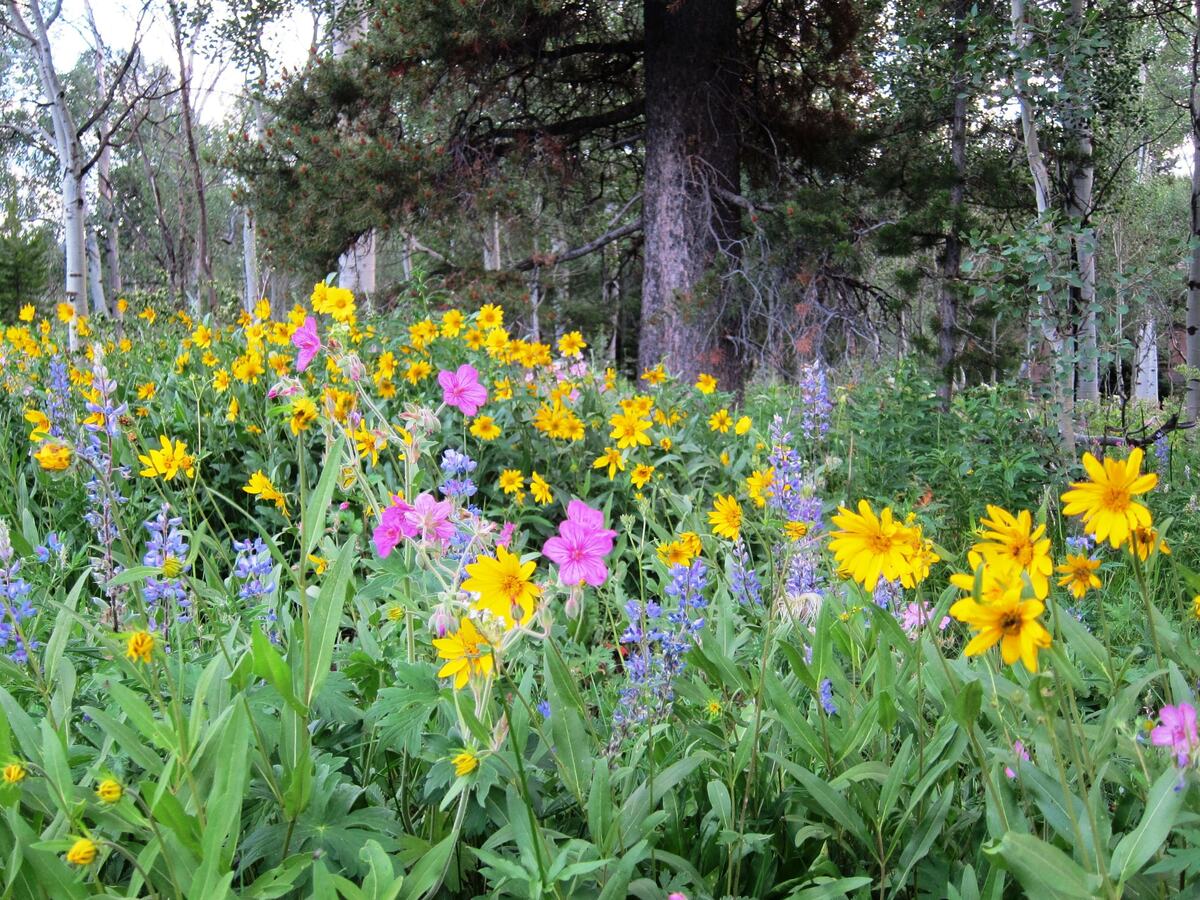
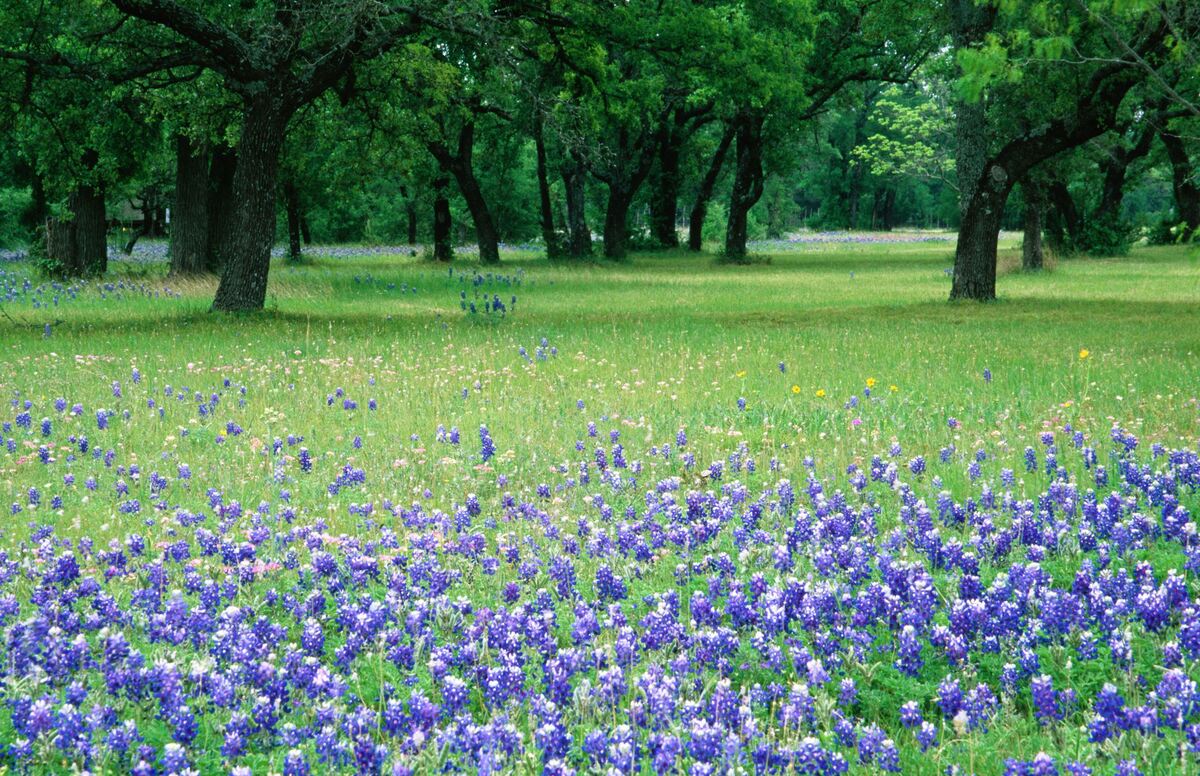
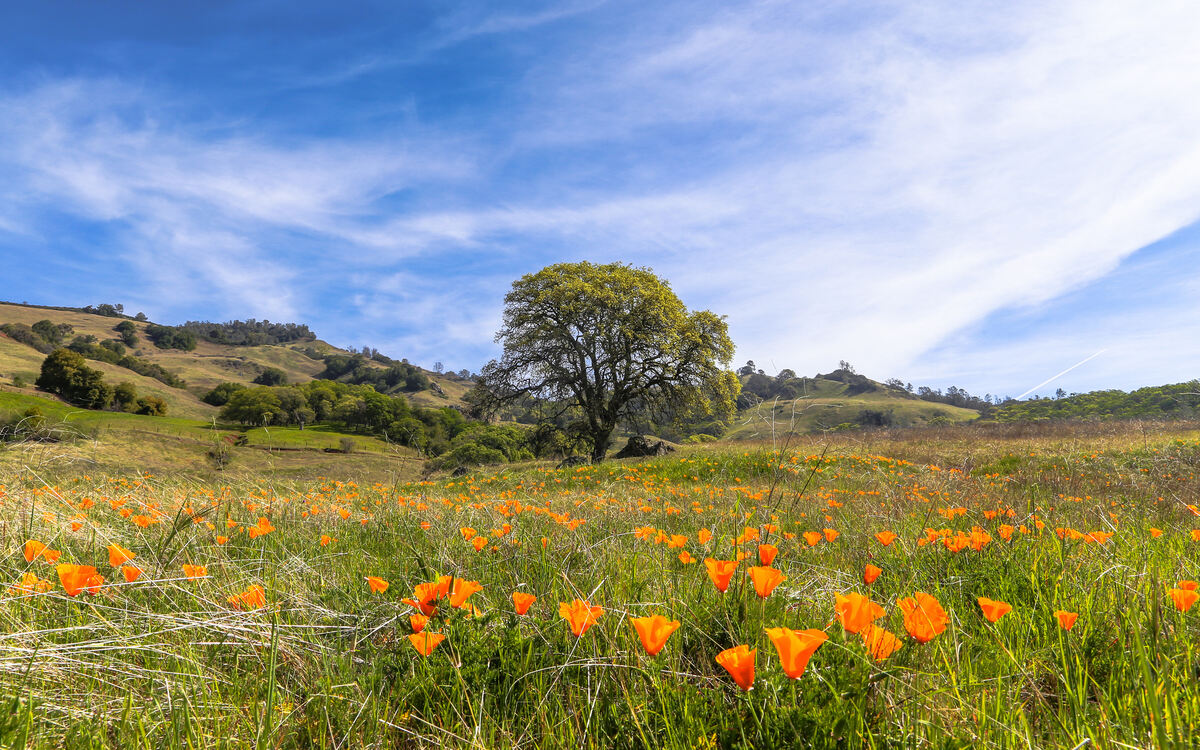
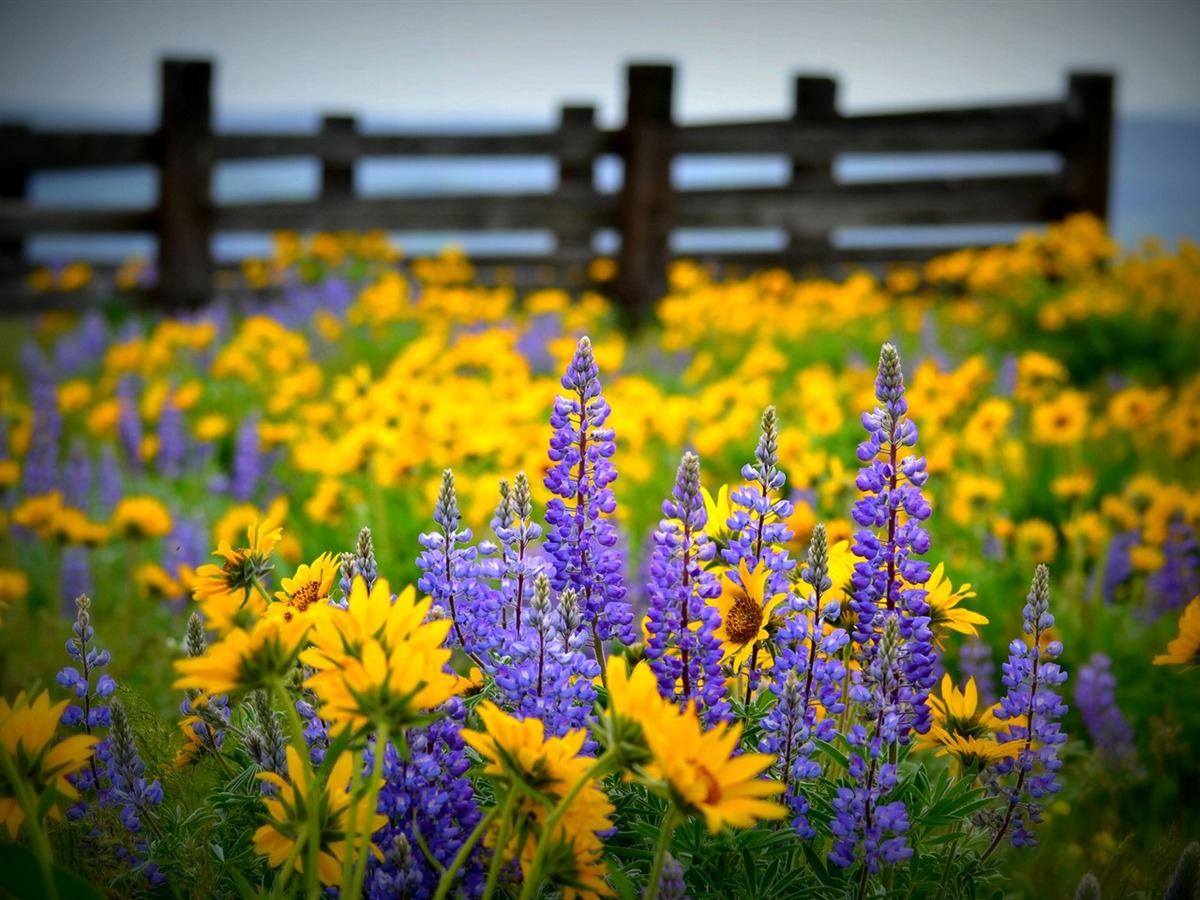
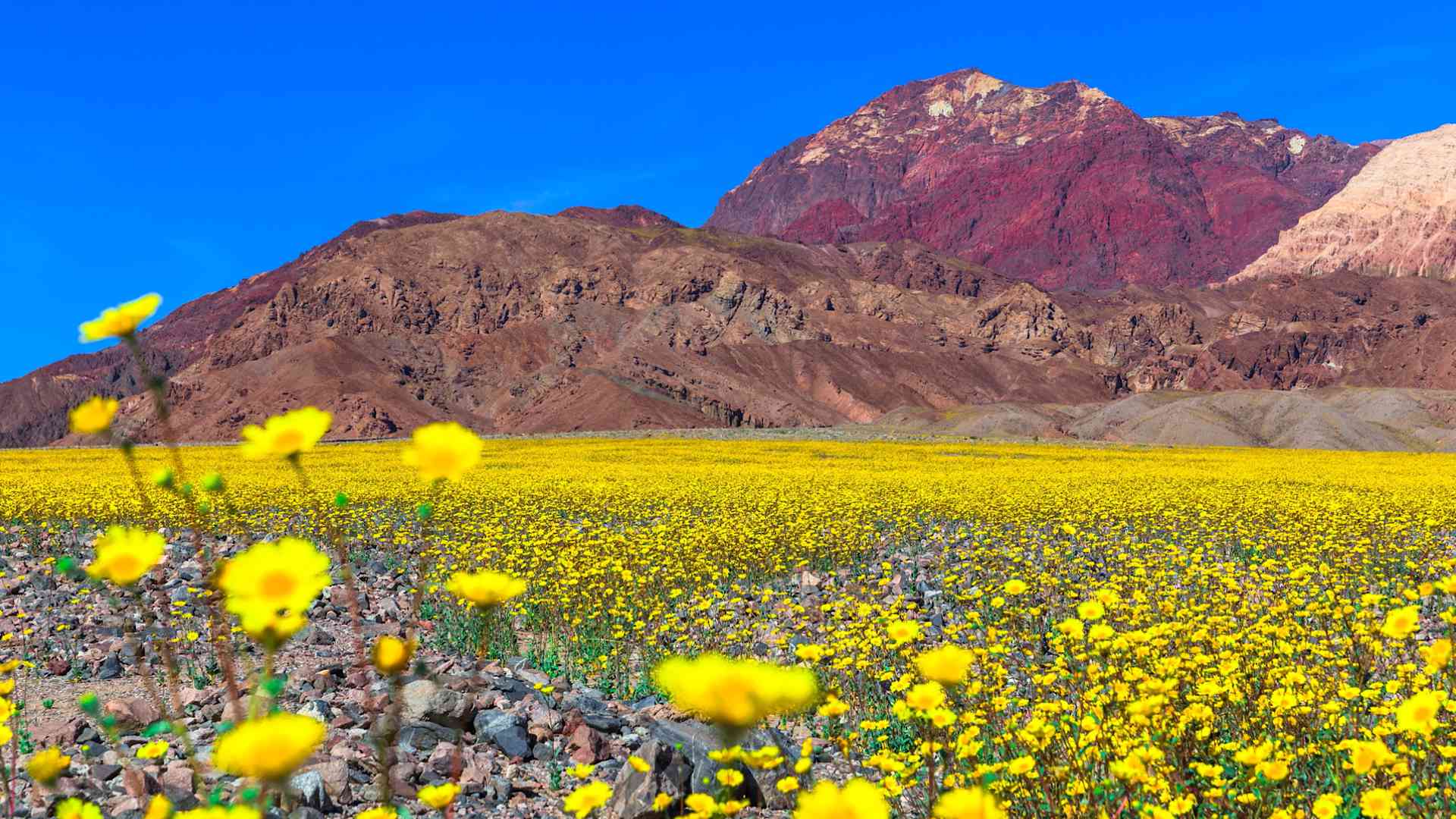
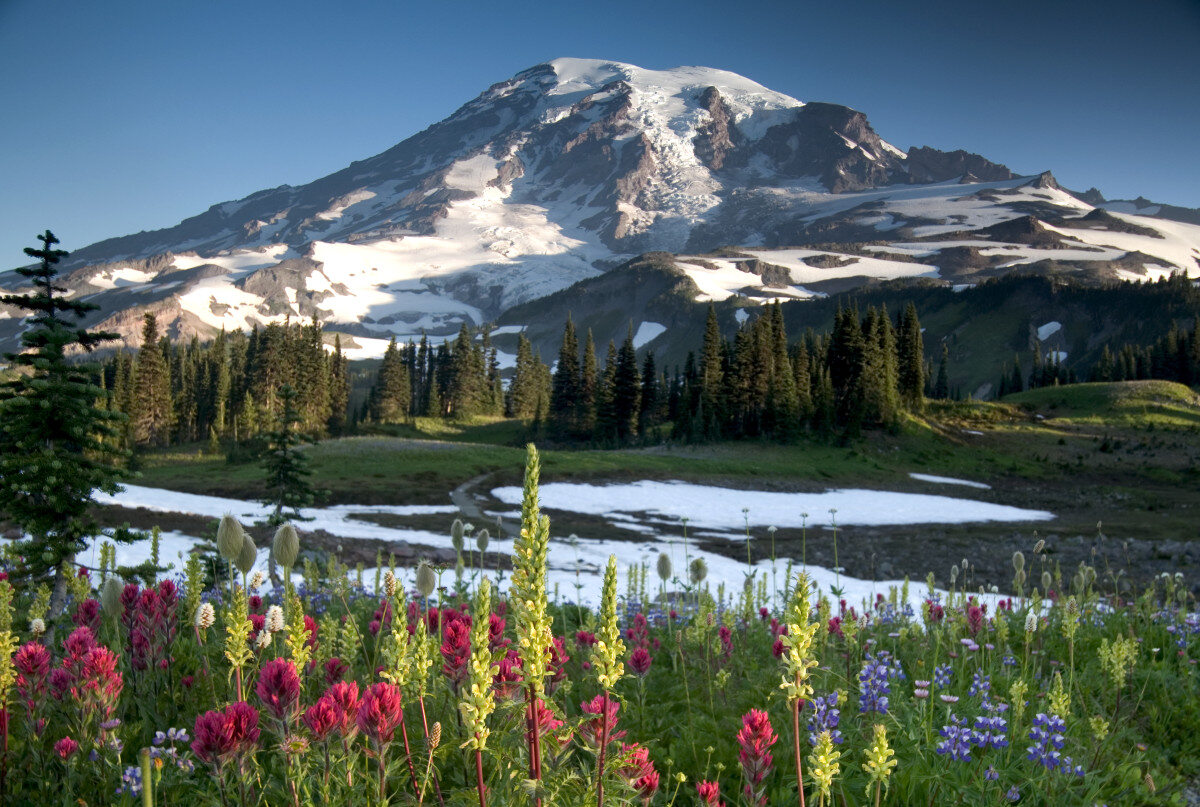
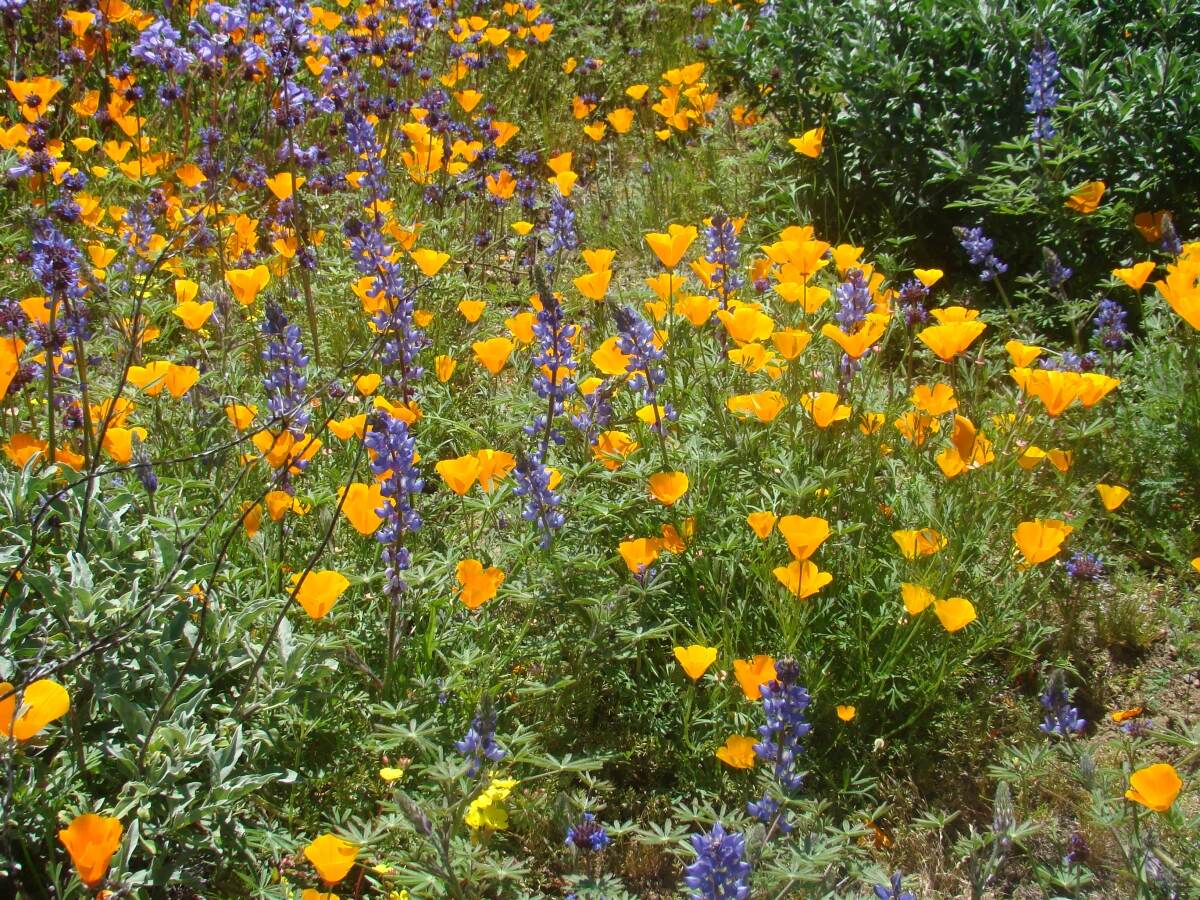
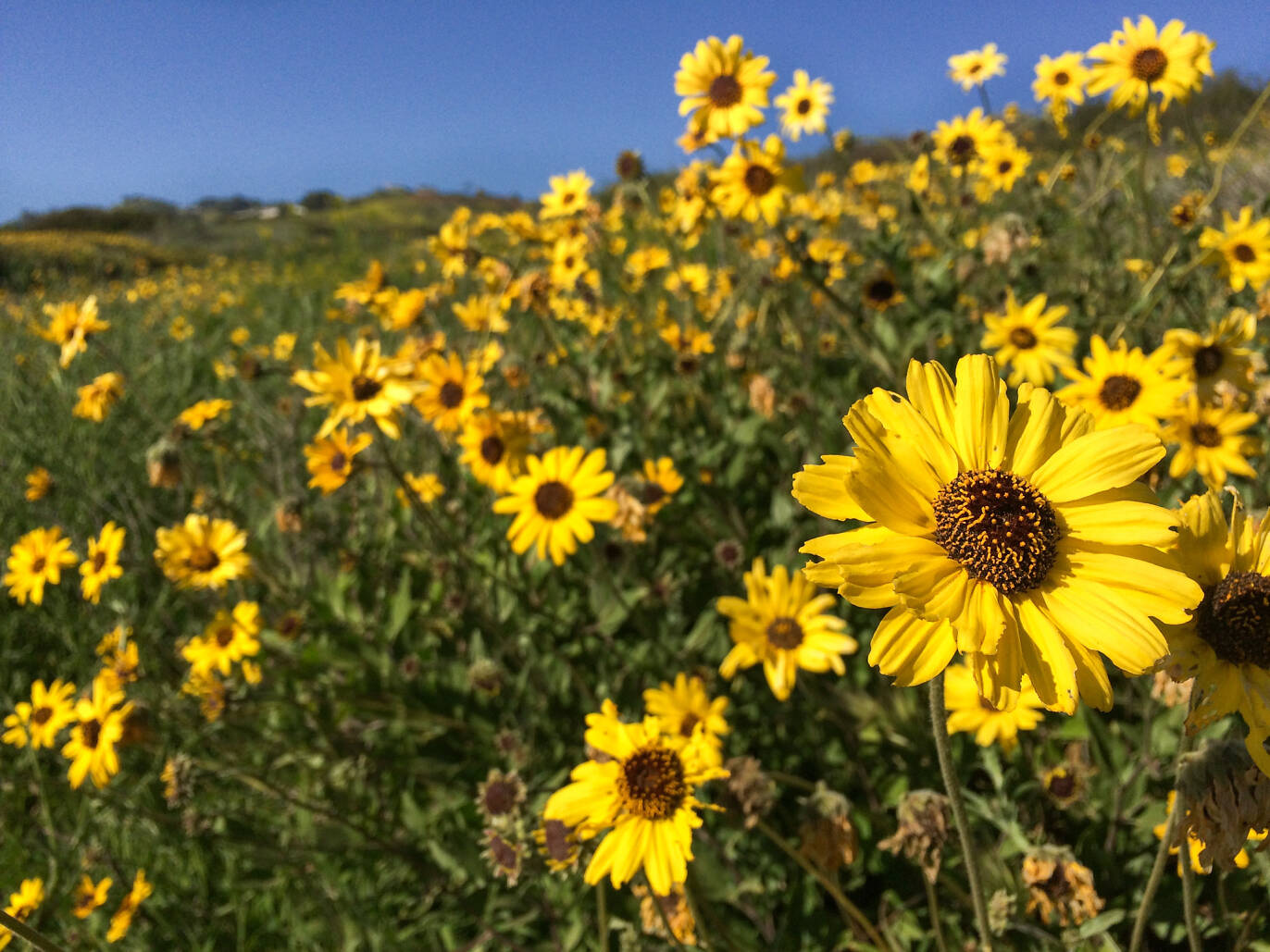
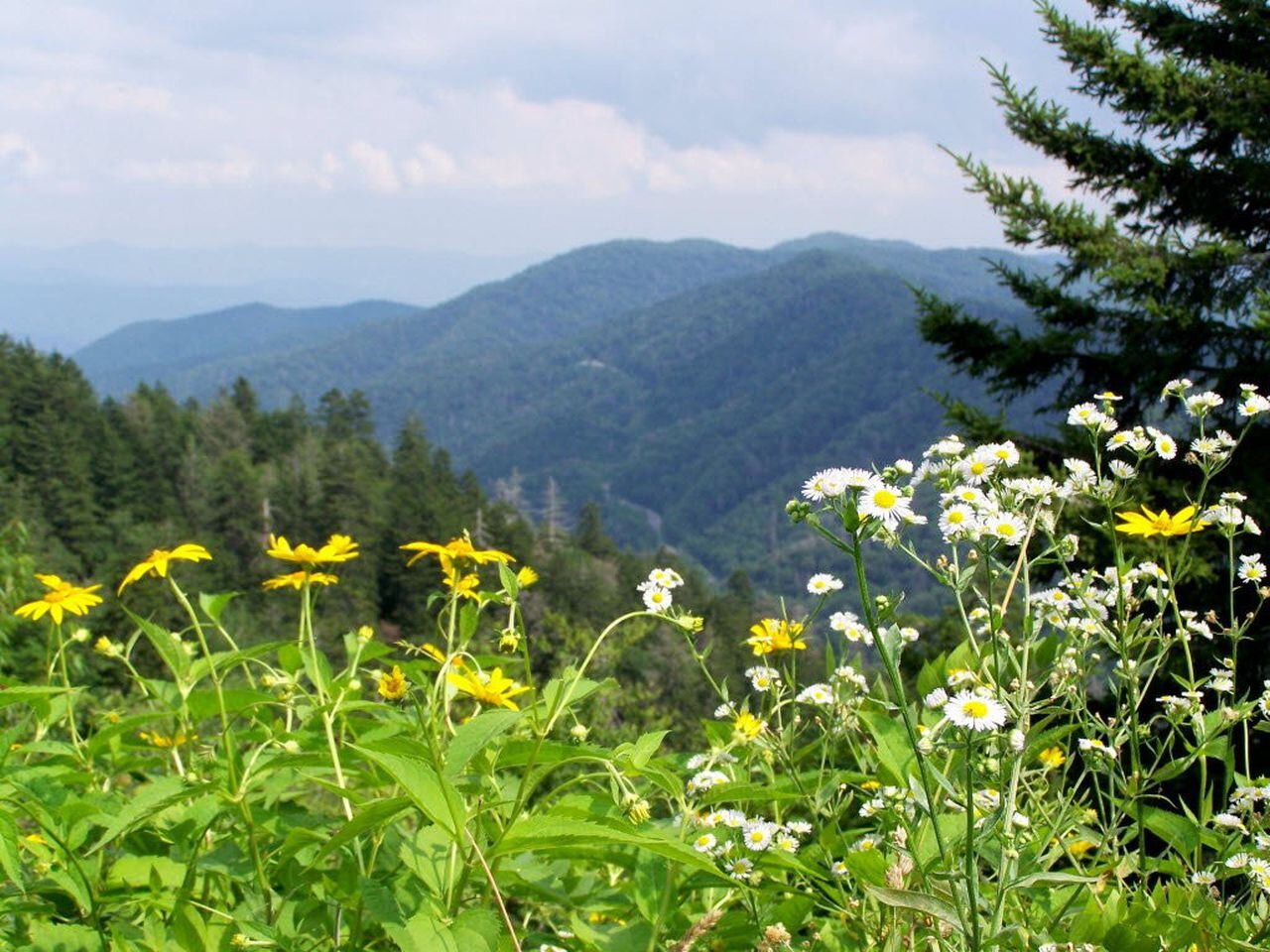
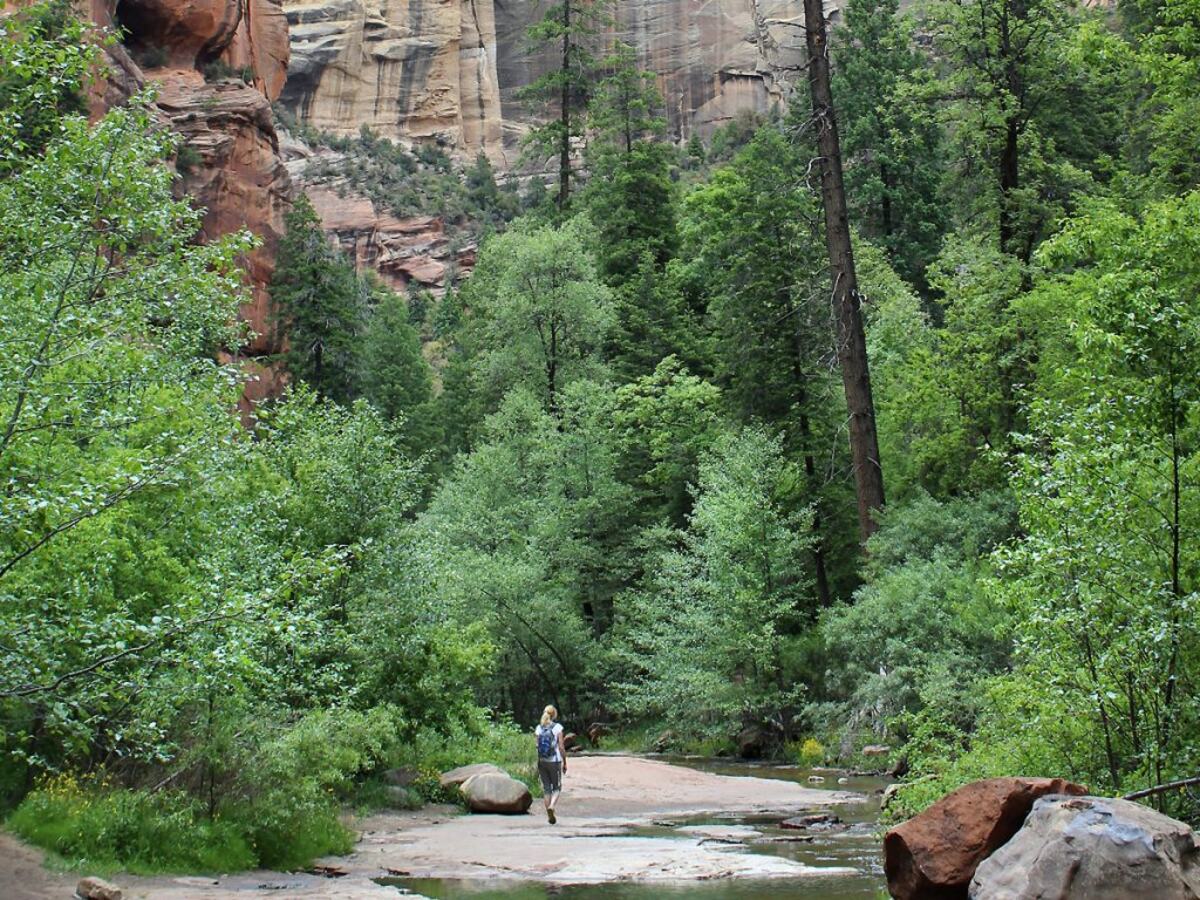
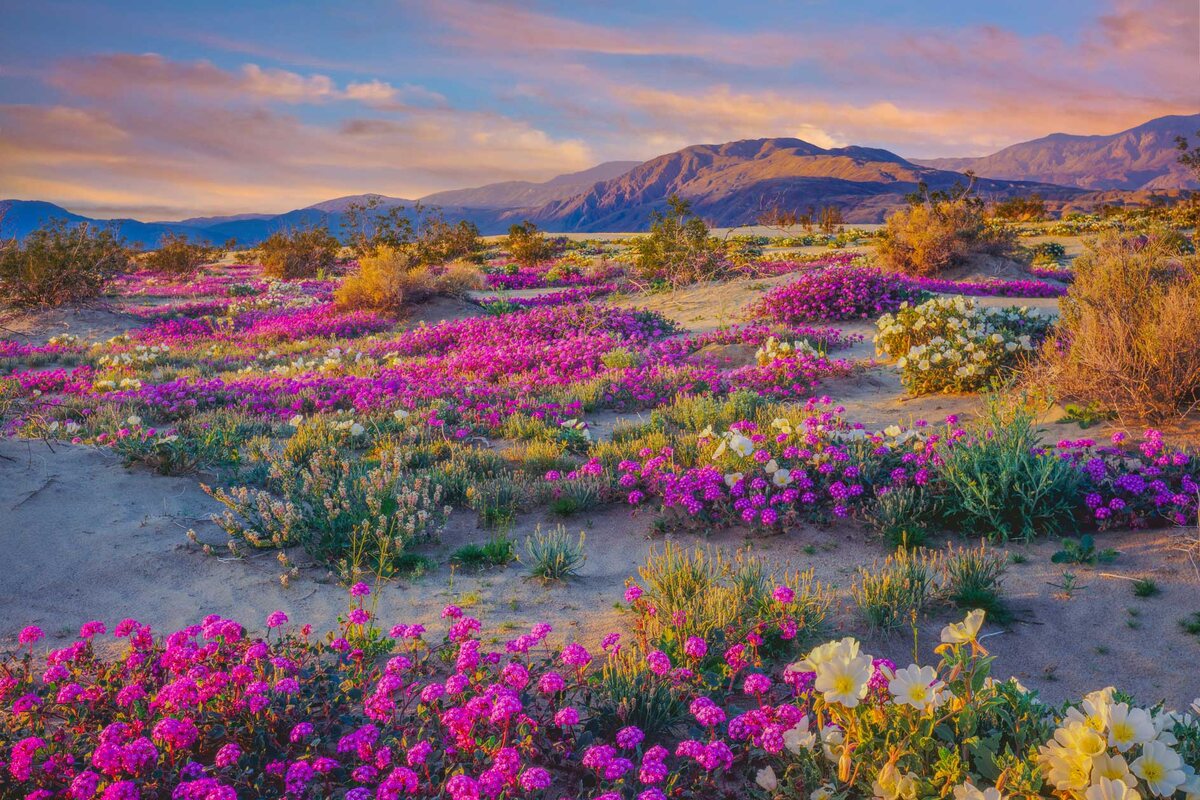
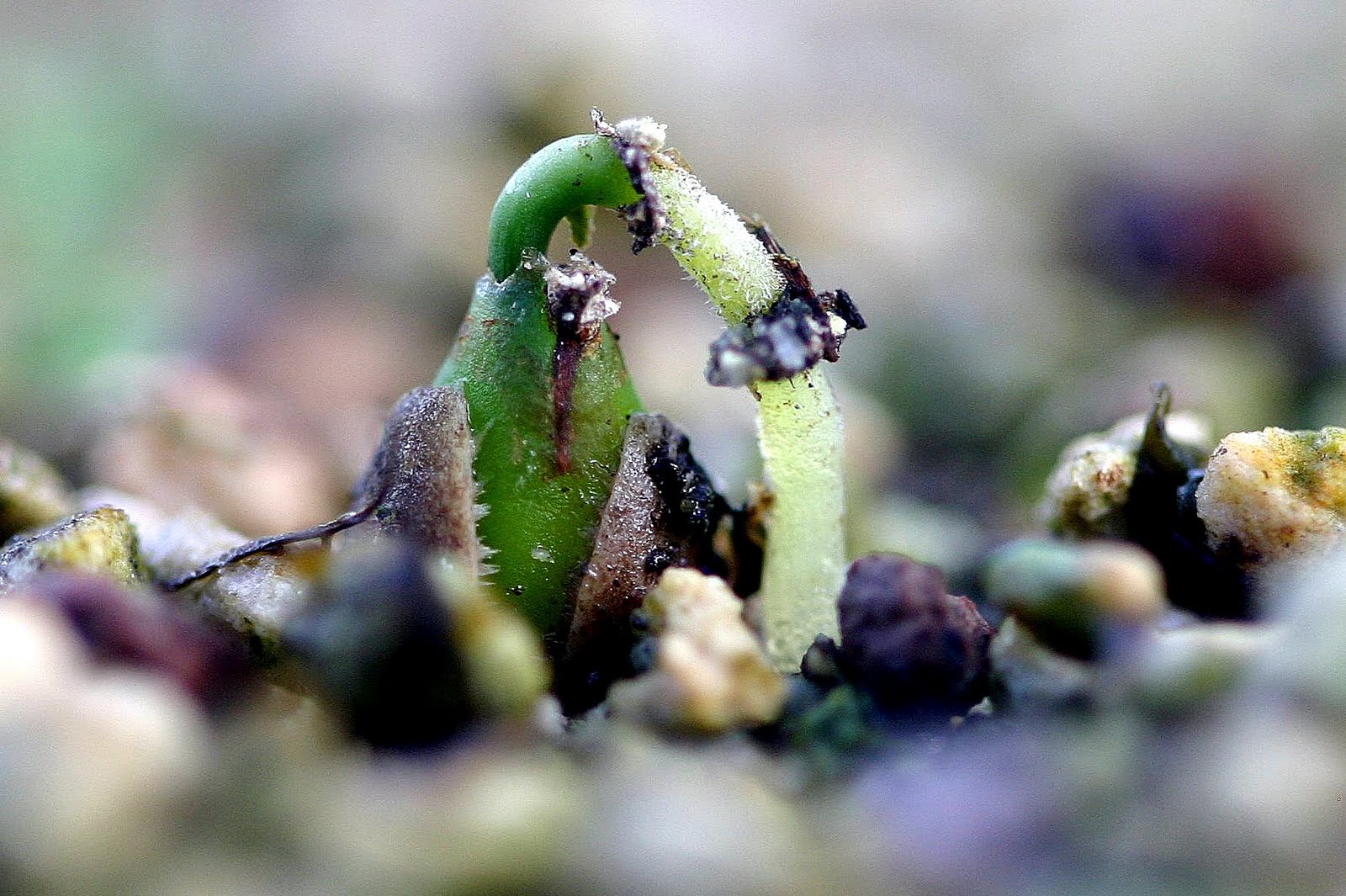
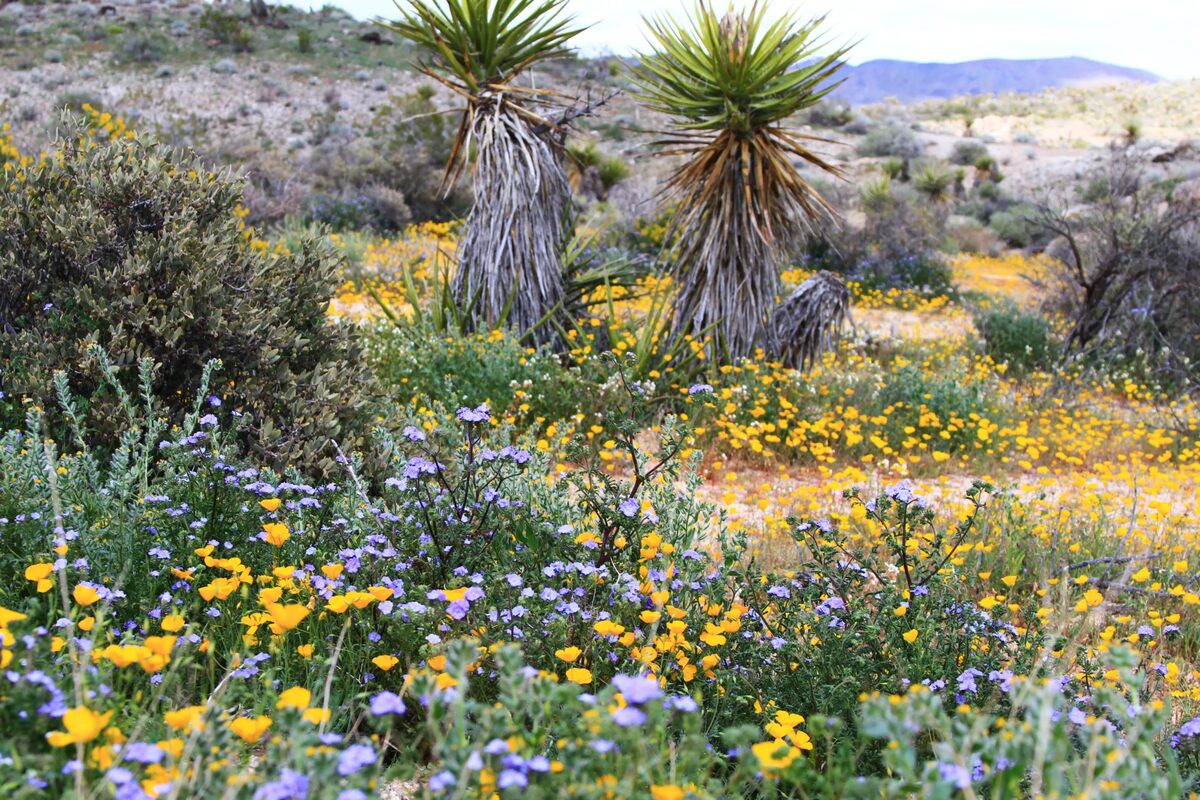
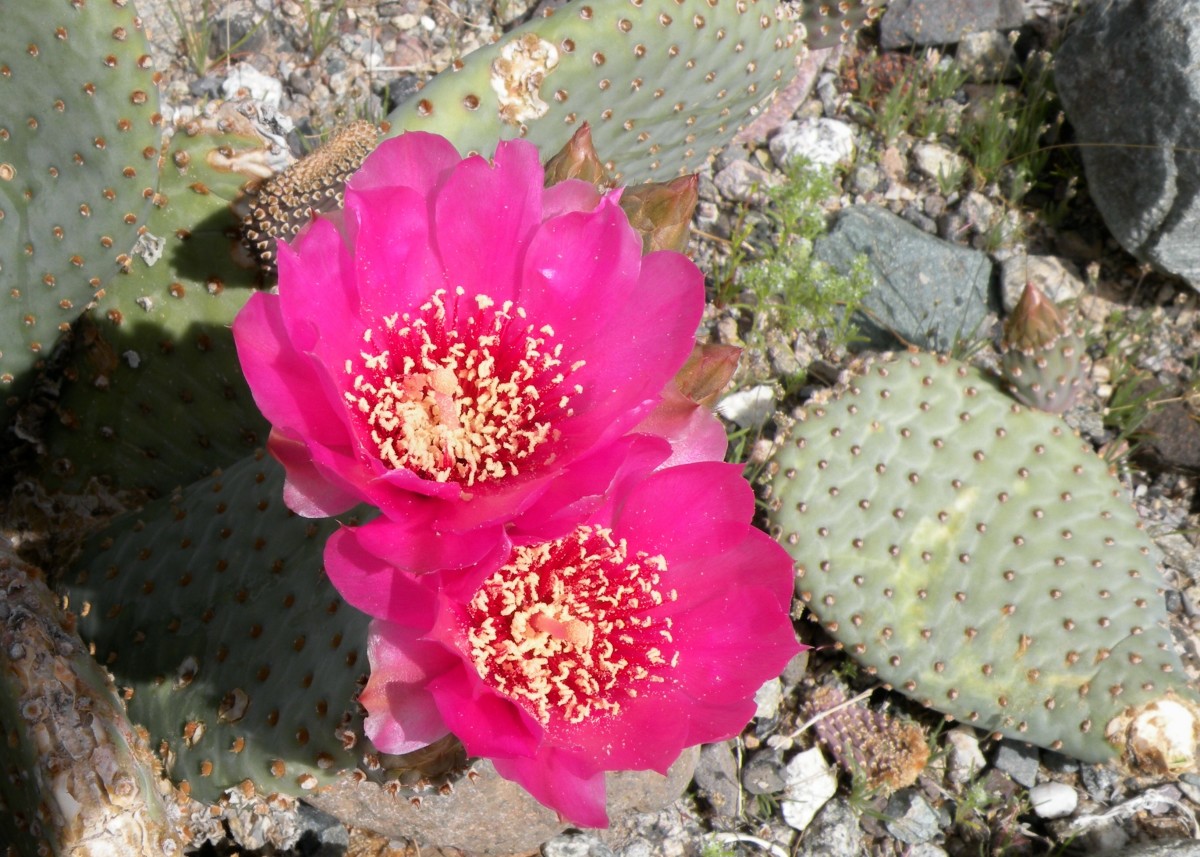
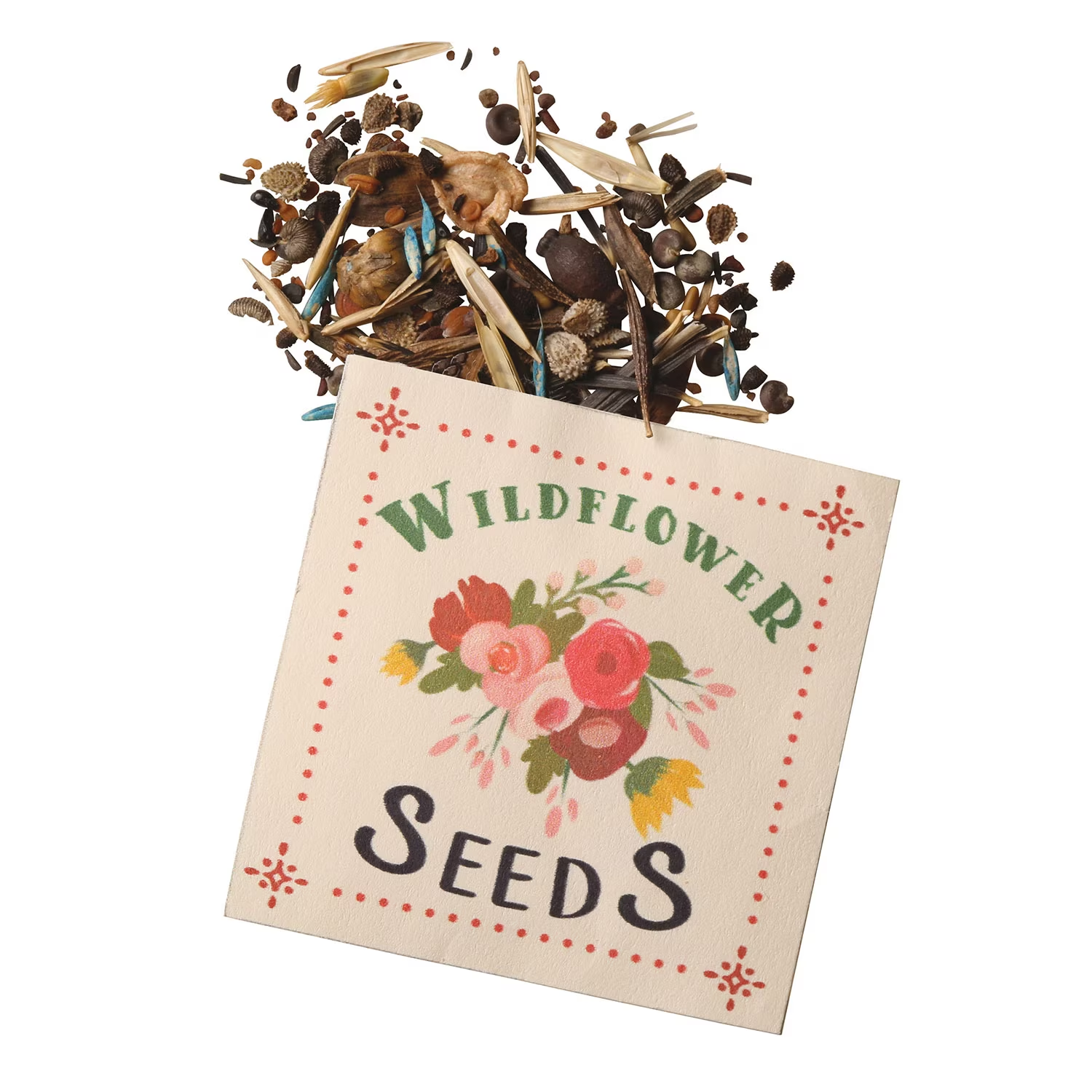

0 thoughts on “How Long Is Wildflower Season”